Yet more apartments for rent to urban professionals? Haven’t the developers of these schemes heard there is a glut of them? Josephine Smit finds out about the realities of developing in the city today
Great West Quarter, West London
Barratt, West London
Project
Yesterday’s architectural expression of industrial pride is today’s raw material for regeneration. The Wallis House headquarters building beside the Great West Road in Brentford, west London, was once a highlight of what was known as the Golden Mile. Times may have changed, but at least Wallis House, designed by Wallis Gilbert and Partners, survived. Many near neighbours were demolished and it was a close run thing for Wallis as it narrowly escaped partial demolition in the early 1990s.
Now the grade II-listed building is the centrepiece of Great West Quarter, an emerging mixed-use scheme by Barratt. The building is part of a 12.9 acre site which is being developed with 773 apartments, a 180-bedroom four-star hotel, 100,000sq ft of office space, a nursery, health centre, shops, an art gallery, cafes and restaurants and a health and fitness centre, as well as a one-acre piazza. The refurbished building will have to share top billing with a new 25-storey elliptical tower, containing 10 floors of serviced apartments topped by 15 floors of market sale apartments. First occupants will move into their homes in the converted Wallis House in early summer, and the scheme is expected to complete in 2011.
Barratt is working with Assael Architecture and the London Borough of Hounslow on the scheme. Also in the project team are engineer Scott Wilson, planning consultant Planning Perspectives, mechanical and electrical consultants Atkins and HBS Engineers, and landscape architect Whitelaw Turkington. Housing associations A2, Dominion and Notting Hill Housing Group are the partners for the 46% affordable housing. Workspace is providing space for small and starter businesses.
Brief
The brief for the scheme was “pretty open” recalls John Assael, managing director of Assael Architecture. “Our first concept drawings showed a piazza with buildings around it, including the retained Wallis House and the 1950s-built International House. That first vision has proved pretty robust.”
We are using the original building as a base to grow the site into something fantastic
Andrew Storey, Barratt West London
The history of the site was the inspiration for its future, Andrew Storey, managing director of Barratt West London, explains: “We went back to the business community of the Golden Mile. We worked with Assael on how to attract people to the location. The site had been on the market for some time as a headquarters building and not sold because its listing meant it would have cost a lot of money to put back to its former glory. We are using the original building as a base to grow the site into something fantastic.”
Assael picks up the subject: “We spent a lot of time debating the proportions of mixed use. We have ended up with a third employment, just under a third affordable housing and a bit more than a third private housing.”
The scheme comprises a series of buildings, with new buildings surrounding Wallis House. At the heart of the scheme is a piazza and boulevard, creating a people-friendly environment away from the hustle and bustle of the Great West Road. “The piazza is deliberately quite plain, so that it can be used for events, from outdoor markets to ice-skating. We want activity,” says Assael. To help promote that vibrancy, the estate manager will organise a programme of community events, and Barratt has arranged for an existing local bus route to thread through the new central square.
Car parking is being sited underground, where an 8.5 acre 1000-space car park is being created. A cycle club and car club are also planned. The site will draw 10% of energy from renewable sources, including solar panels.
Feedback
There are a lot of apartments to sell at GWQ and the scheme is still in the first stages of marketing. But Storey points out that 60% of Wallis House has sold off plan, even though there is not yet a show flat to show off the wares. Homes for sale run from studio apartments to large apartments, priced at from £225,000 to £479,996 and buy to let remains one of the target markets. Storey says: “We’ve had excellent response on the buy-to-let side because of the industry in the area. The buy-to-let market here is still strong.”
Although Barratt could see the virtue of converting the site to mixed use, it had to persuade others to buy into its vision for what was a strategic employment site not only within the borough but for London as a whole. The company embarked on a wide-ranging public consultation which included presentations to groups as diverse as Brentford Football Club Supporters Association and heritage group the Twentieth Century Society.
“The biggest challenge here was changing the uses. It was tricky. We had to show people that something could be done with the site,” says Storey. “We consulted with the community for 18 months prior to planning and the result was a unanimous decision in favour from the committee.” The scheme is expected to create 1,500 jobs during its construction and operational phases.
When the project came to planning, for the first time in my career it was proposed by a Tory, seconded by Labour and given a unanimous vote. No one made a political issue of this site.
John Assael, Assael Architecture
Wallis House exemplifies the mixed-use ethos, containing homes, a gym, concierge facilities and office space, including Barratt West London’s new premises. Conversion of the listed building to residential is not easy, even though there are few original details internally. “In a listed building things move more slowly because of the people you have to consult. We’ve tried to clean up the building and not modernise it,” says Storey. At least the building itself with its central tower flanked by two wings converts quite readily to apartments.
Princes Dock and Half Tide Dock, Liverpool
City Lofts
Project
City Lofts caught the crest of the city apartment market boom when it completed its scheme at Princes Dock in Liverpool 18 months ago. That scheme comprised 162 studio, one and two bedroom apartments in two interlinked 10 and 20 storey towers, and was able to take advantage not only of a healthy market but also the feelgood factor generated by the city’s coming status as European capital of culture.
Now in capital of culture year and a rather different market, the developer is close to completing a second scheme on an adjacent site. Half Tide Dock has 121 one and two-bedroom apartments in a nine-storey building. Concept design of the projects was by Conran and Partners. Technical architect was AFL Architects, project manager was EC Harris, engineer was WSP, and contractor was Carillion.
The brief
City Lofts aims for the top end of the city apartment market and targets that market in a number of ways, noticeably through its link with design firm Conran & Partners. The designer’s involvement on projects can range from full design services to interior design partner.
Life is tougher but delivering good quality apartments in city centres remains a viable business. Besides, the schemes we’re looking at now will deliver in three to four years’ time into a different market
Simon Halls, Vivacity
The company also has its own rental offshoot, Vivacity, which handles lettings of City Lofts’ developments. Princes Dock was the first City Lofts scheme to have lettings managed by Vivacity, and it now rents 25-30% of the flats there at rents starting at £500 per week.
The developer has fed some lessons from Princes Dock into the design brief for Half Tide Dock, as Gavin Angell, acquisitions director for City Lofts explains: “We ran apartments in Princes Dock from two main cores, with half the apartments looking out over Liverpool and the other half looking out over the dock. We found that the ones looking out over water sold better, and have introduced more cores for Half Tide Dock so that more flats could look out over water.”
Feedback
Simon Halls, managing director with City Lofts’ lettings subsidiary Vivacity says the Liverpool city centre apartment market has changed. “There are potential supply issues. There is a lot of residential product being delivered in the city and the market doesn’t necessarily have the depth of the markets in other cities. A new apartment in another development in the city sold at auction for 50% of its purchase price.”
Nonetheless he remains optimistic about City Lofts’ ability to weather a downturn. “Out of the 40 apartments we are renting out at Princes Dock, one is empty and that has a tenant waiting to move in. We feel our product is proving quite resilient through the harder market.”
At Half Tide Dock around 45 of the 121 units are sold with completion due in phases over the next five months. Units are selling at from £159,995. Halls says: “We’ve got a number of enquiries from serious investors and are fairly comfortable we’ll sell by completion.” The company also sometimes retains units for its investment portfolio.
But the company is introducing one big change to its developments. While its Princes Dock scheme has been looked after by a third party managing agent, Vivacity will be managing Half Tide Dock, as well as handling lettings. Halls explains: “The managing agent at Princes Dock has done a reasonable job, but we feel now is the right time to do this. It is a clear way of enhancing the value of our building. We have a good product but after we have left it is in the hands of third party managing agents whose emphasis is different from ours. They do not necessarily have the desire to provide the same living environment.
"It is a decision we have been working towards over the last four or five years. With some developments suffering problems with low levels of occupancy and management problems, this makes an important marketing point: that we are not a hit and run developer.”
The move is a natural follow-on from handling lettings and will be offered to non-City Lofts schemes, says Halls. “It ties in with a better quality rental environment. When you have 150 apartments with 75 letting agents, it does not necessarily create the most harmonious environment.”
The company also sees it as significant for future business, Halls adds: “People are now more seriously looking at post-completion quality of schemes. In the Thames Gateway there is an abundance of schemes that have sold not particularly well and where the management is poor. This is a real plus in the procurement of complex schemes on sensitive sites.”
Source
RegenerateLive



















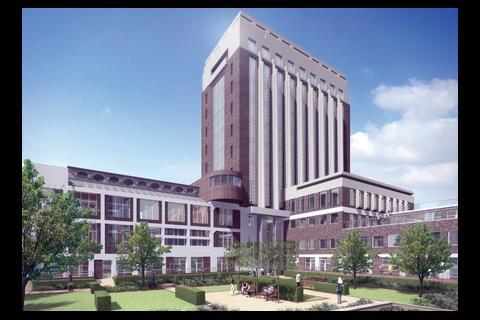
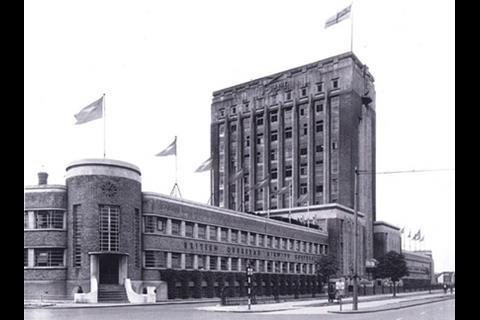
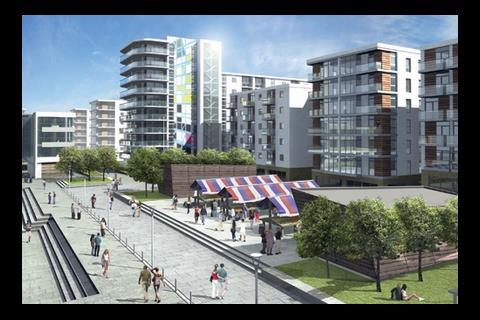
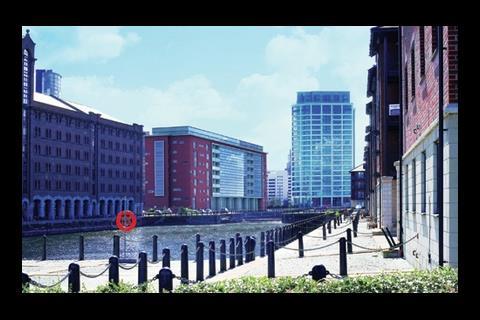
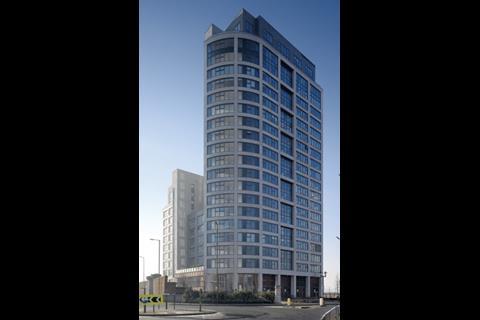

No comments yet